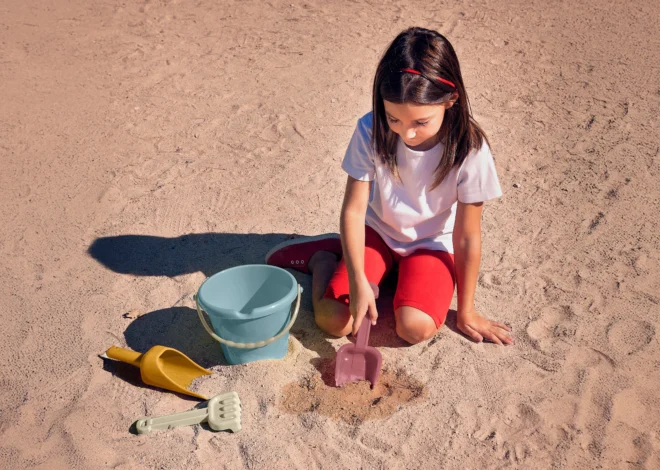Birthday Games for Children
The most important aspect of planning a children’s birthday party is setting up festive party games and activities. Before getting everyone into a beach ball volleyball match in the pool or soccer in the park, consider the range of skills and ages, as well as the group size. Some competitive and traditional team sports do not keep children entertained as well as traditional and creative party games.
Types
Classic party games range from red light green light and pin the tail on the donkey to board games such as Candy Land and Chutes and Ladders. Active party games for the backyard or park birthday may require equipment, as in the case of badminton, croquet and pingpong, or may only demand willing participants, as in capture the flag, dodge ball, spud, hot potato and red rover. Chasing and running games, such as freeze tag and hide-and-seek, work well in large open spaces. For indoor parties, consider quieter and more creative activities, such as Simon says, charades, Pictionary, Clue and hand-clapping rhymes.
Features
Most party games lighten up on rules and keeping score in the name of having a good time. If you have preschool and young primary school guests, plan more participatory games such as follow the leader, Mother may I, hopscotch and the hokey-pokey. Older children appreciate silly and creative games such as doing improvisational theater or playing freeze dance, in which a leader plays music as everyone dances. When the leader stops the music, everyone must freeze.
Considerations
Mix up a party game itinerary with structured games and less-structured activities. An icebreaker game gets everyone in a party mood. Try people to people, in which you call out body parts to people in pairs, such as “nose to knee.” Participants must touch the parts you name. When you say, “people to people,” everyone runs and finds a new partner. An active game such as capture the flag or blind eagle gets everyone in high spirits, while an open-ended activity such as drawing, building with Legos, having a pillow fight, blowing soap bubbles or playing in a sandbox allows children to laugh and socialize.
Time Frame
Party games do not last long. Most children lose interest in a structured party game after about 10 to 20 minutes, though older children and teens may enjoy a role-playing game or a murder mystery game for a few hours, if they share an interest in game-playing.
Misconceptions
You need not supply prizes for every activity. Instead, hand out ice-cream treats or lollipops to participants, regardless of who wins. If you want to award simple prizes, consider stickers, temporary tattoos, bubble gum, soap bubbles or miniature cans of play dough.




